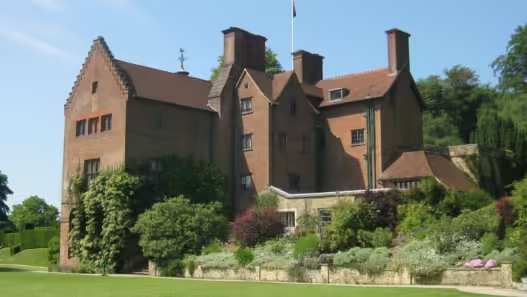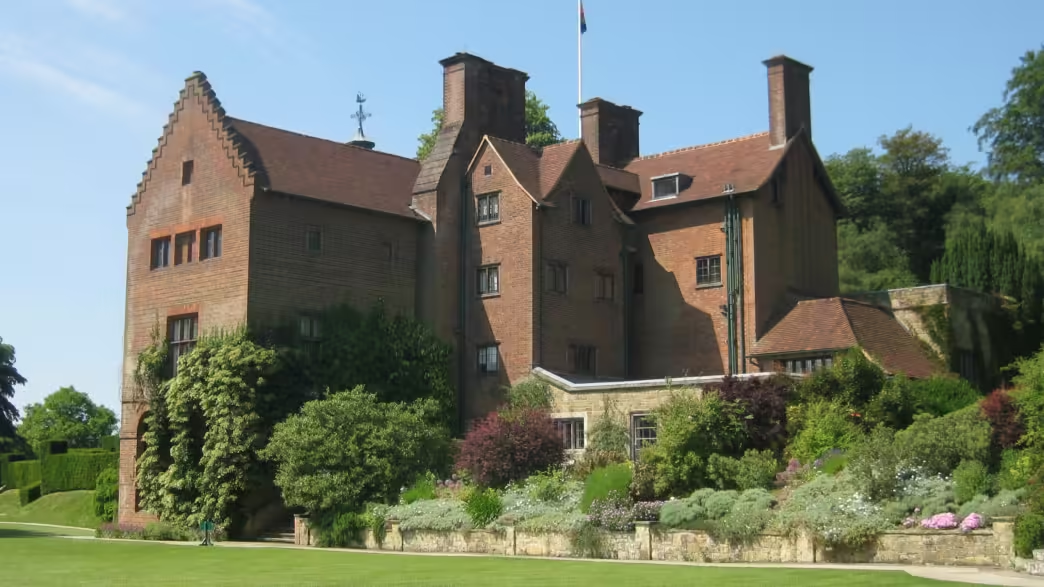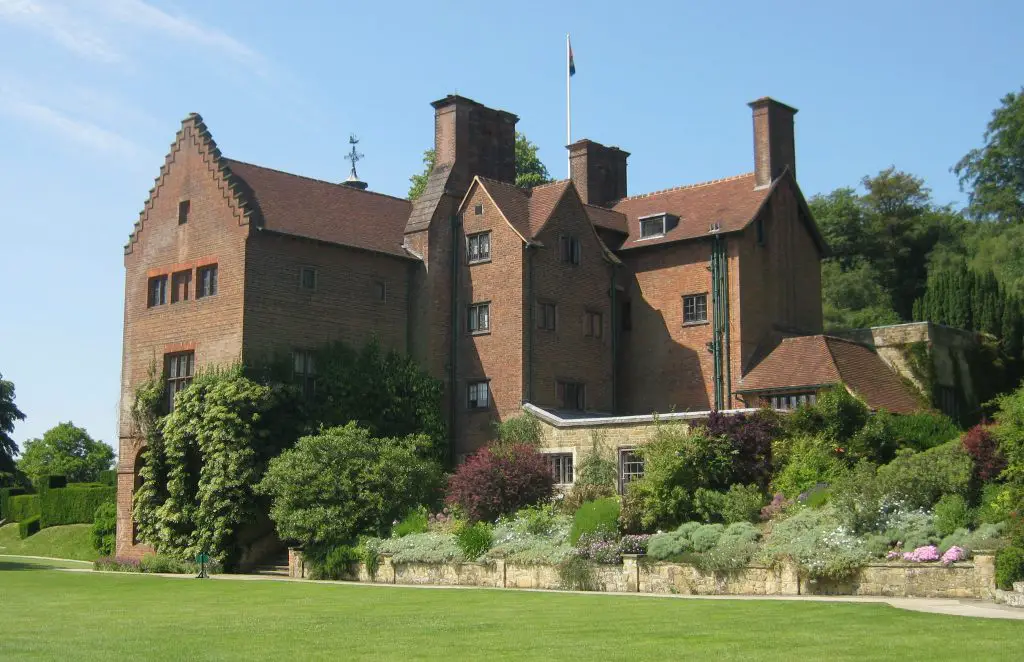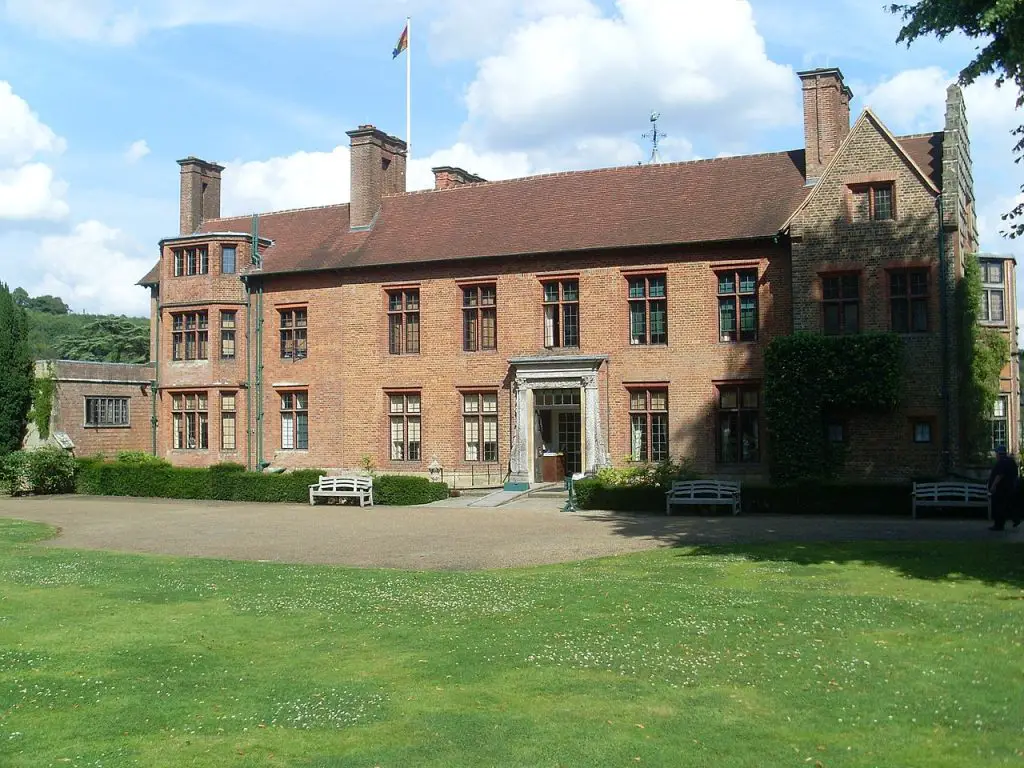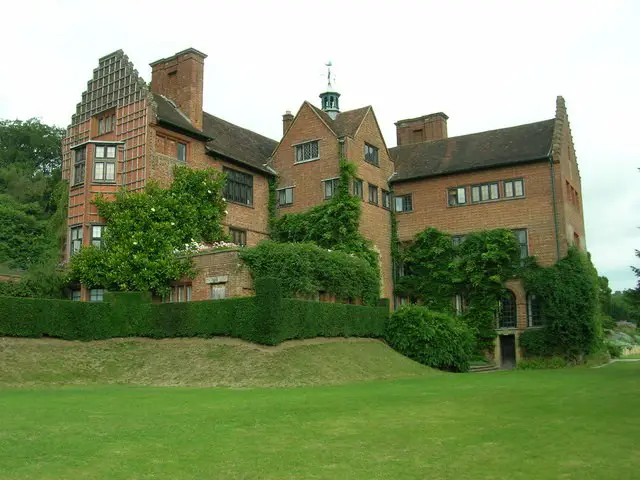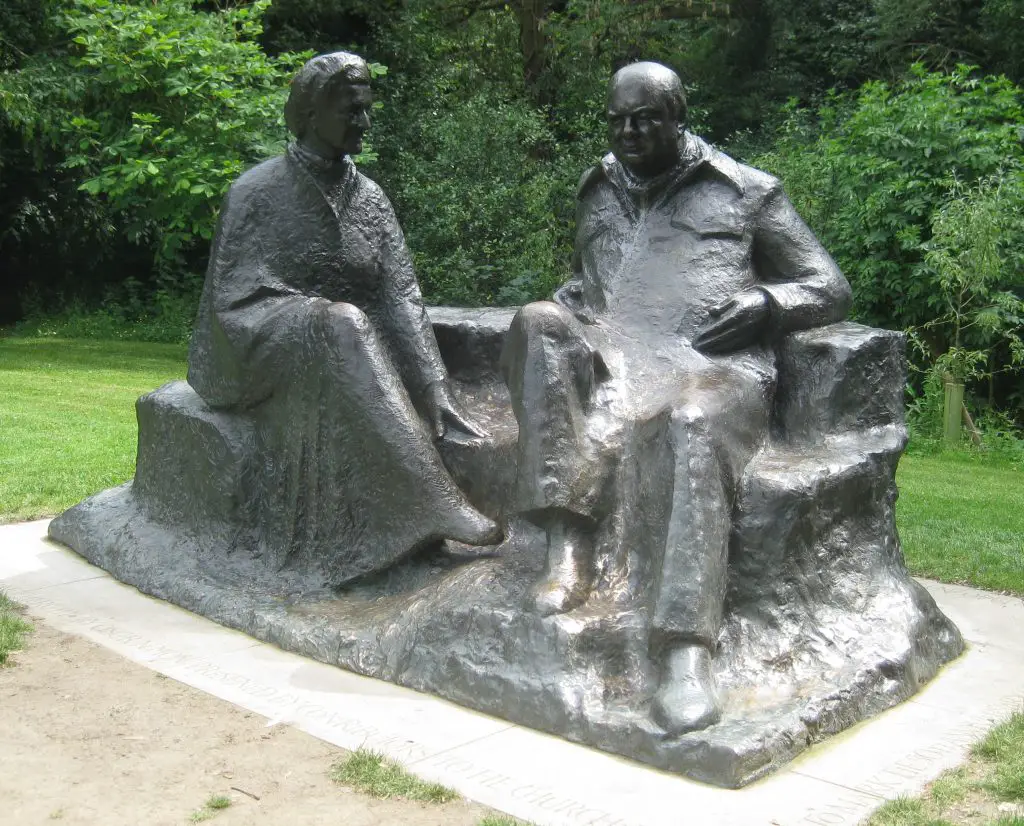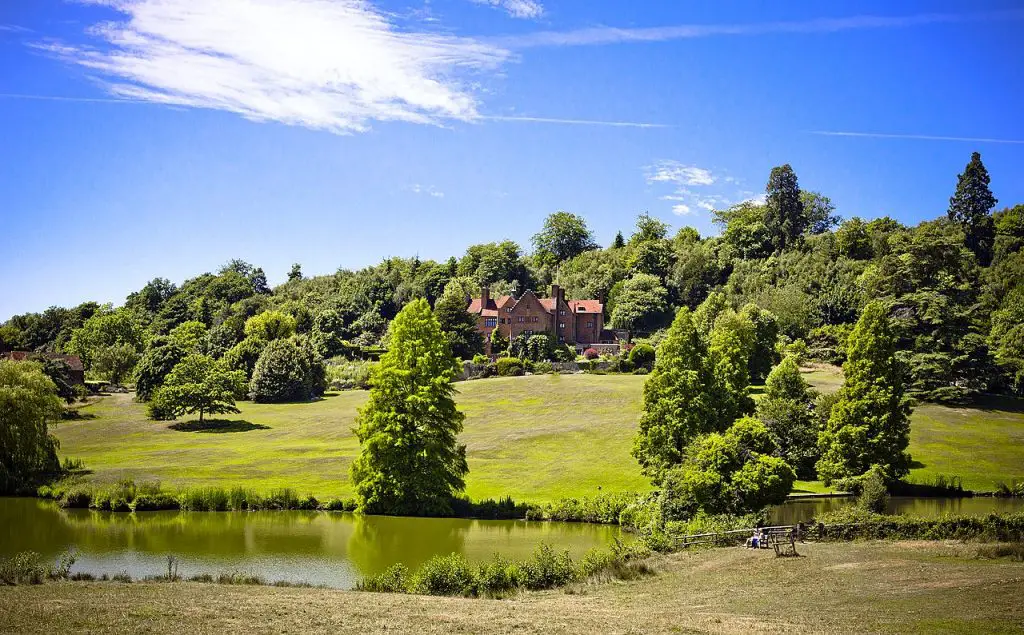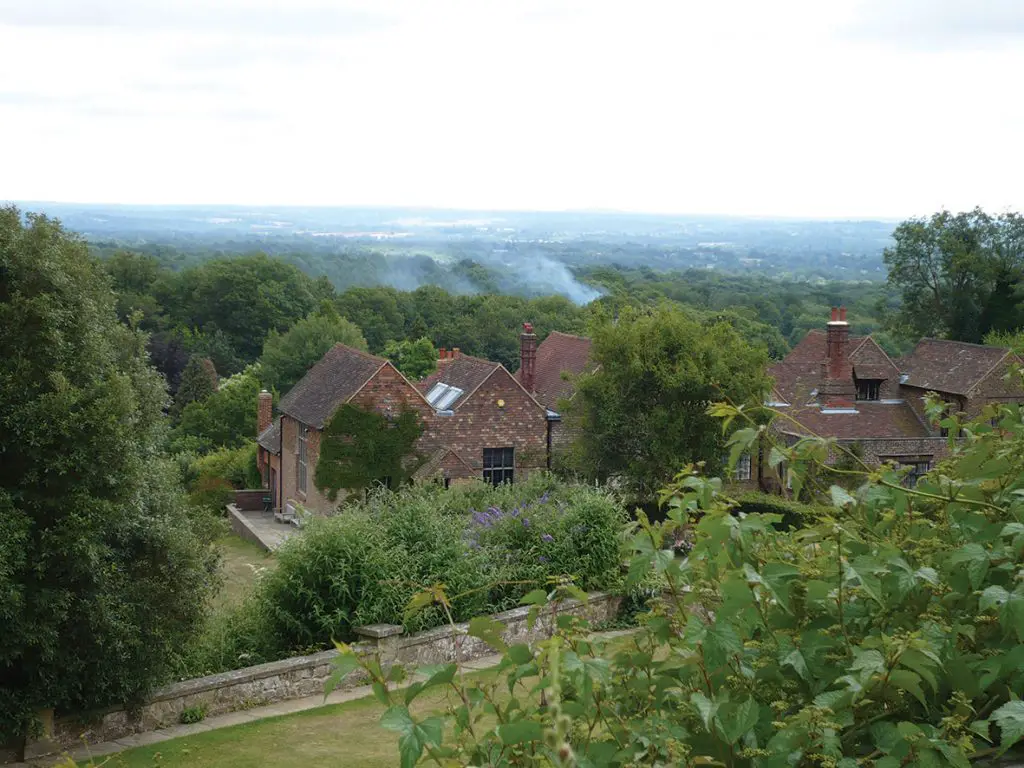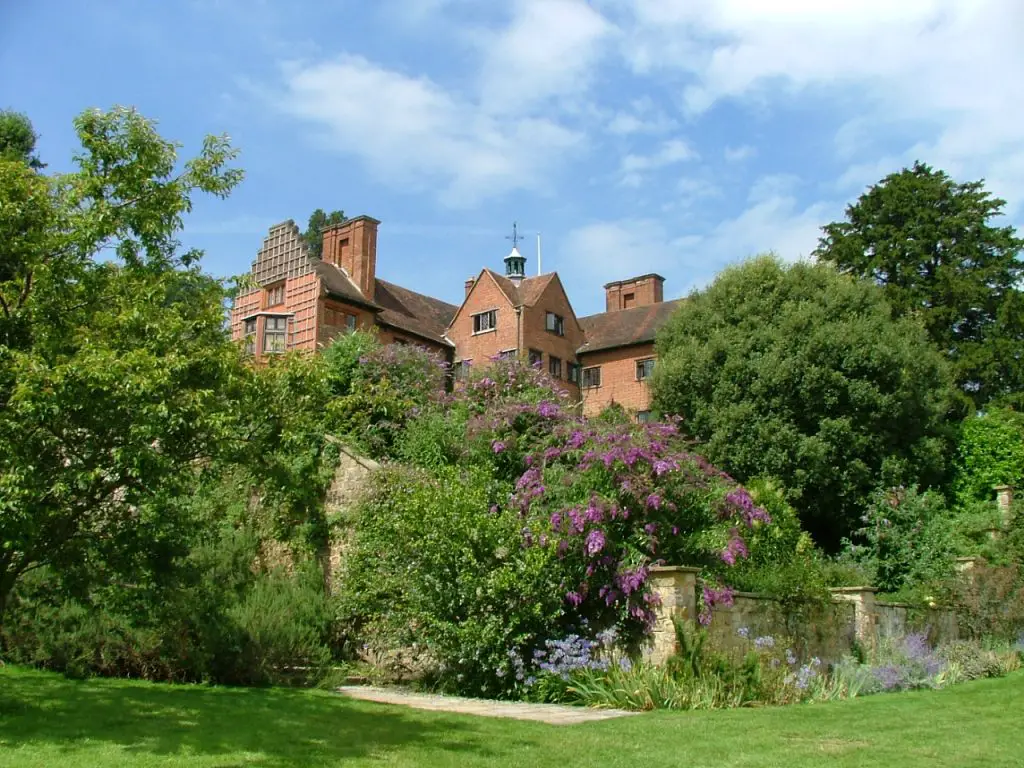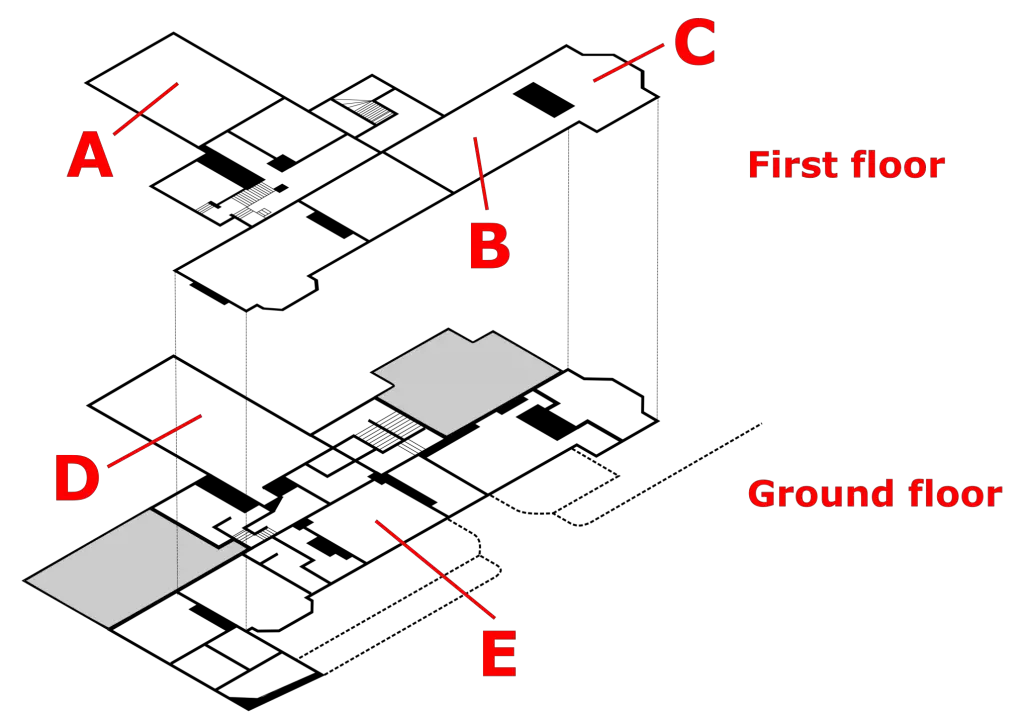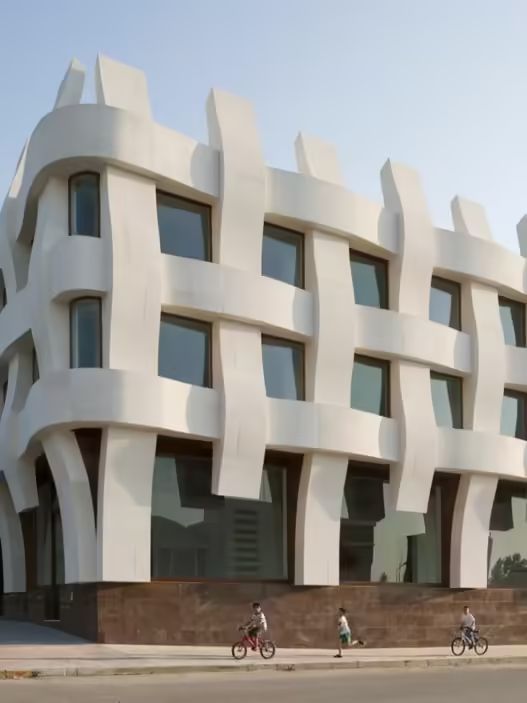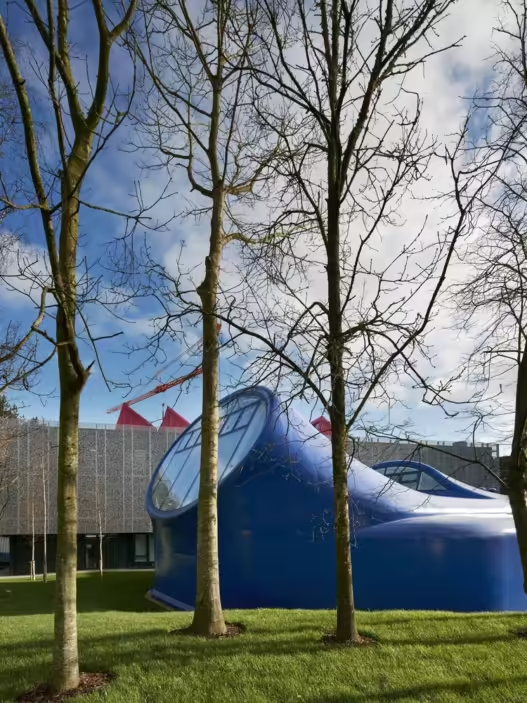Built in 1923 by Philip Tilden and designed by Winston Churcill, Chartwell House is located in Westerham,Kent, England. The history of the house originally dates back to 1362.
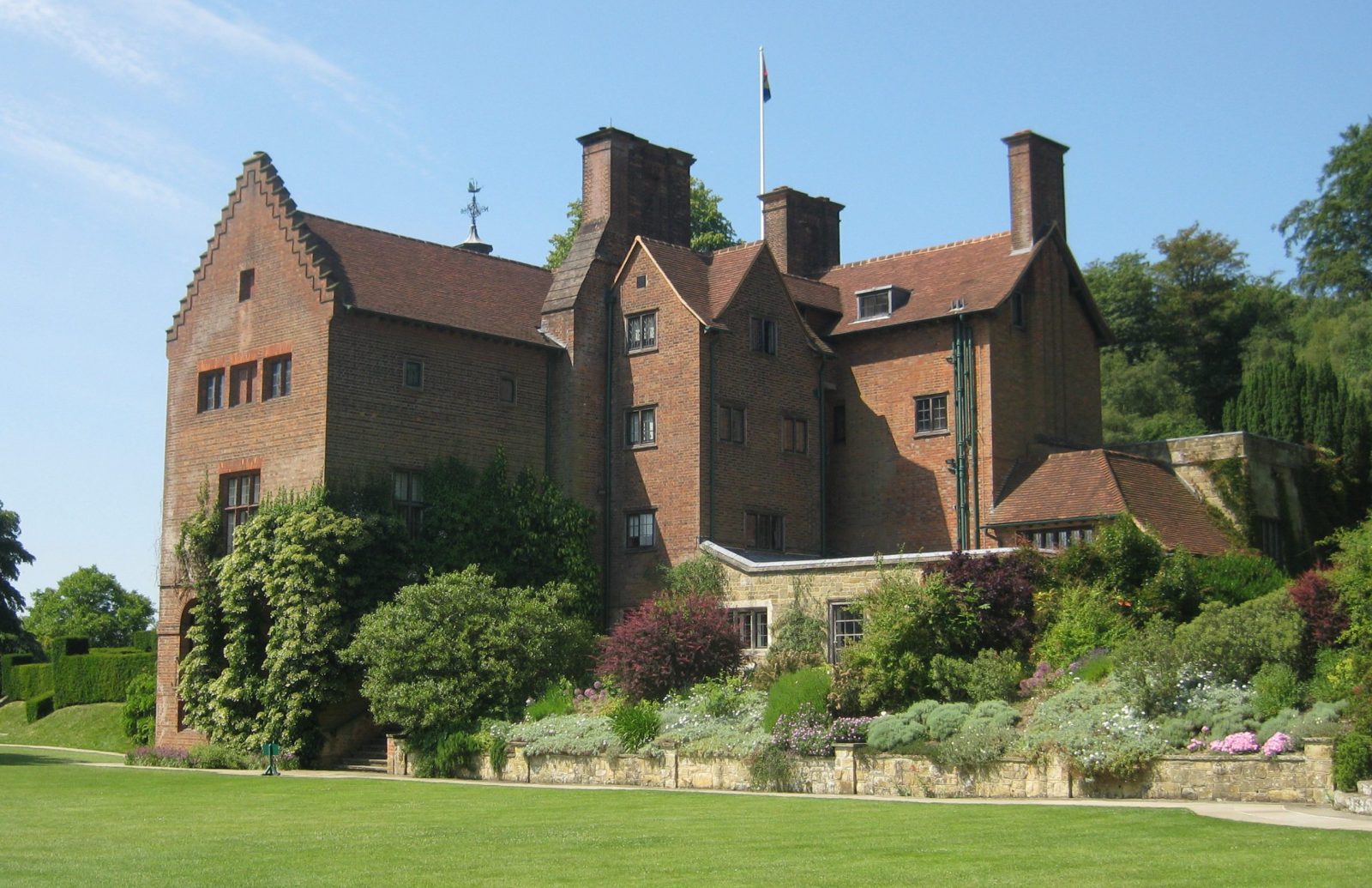
The earliest known sale of the house was in 1362 by William At-Well. It is named after a river to the north of the current house. Chart is an Old English word for barren wasteland, and Well is named after William-At-Well, the presumed first owner of the house. It was not until the 16th century that the house became a housing estate. The house is located near Hever castle and gained its fame when Henry VIII chose it as a place close to Hever to get close to Anne Boleyn. The brickwork on the exterior walls shows the deep influence of the Tudor dynasty that ruled England between 1485 and 1603.
The unprecedented growth, expansion and prosperity of England in any century was under the Tudor dynasty.
John Guy

In the 17th and 18th centuries it was used as a farmhouse and changed hands frequently. In 1836 it was sold at auction with the description “For families of aristocratic quality and taste.” In 1848 it was bought by Scottish writer and politician John Campbell Colquhoun, and under his ownership it underwent the most extensive enlargement and renovation.
One of the worst examples of Victorian architecture, Chartwell House is a disappointment of the Victorian era, with clunky brickwork, projecting brick windows and out-of-period upper storey glazing.
Oliver Garnett
Churchill first saw the house in July 1921, before the land was put up for auction. The house failed to sell at auction and shortly afterwards Churchill visited it again with his wife Clementine and they jointly decided to buy it for £5,000.

Churchill lost his mother and brother in 1921 and his seat in the Scottish parliament in 1922 before purchasing this house in September 1922. As a result of these losses, he devoted himself to his new home. Philip Tilden began work on the restoration and redesign of the house in 1922, while Churchill rented a house near Westerham and was a keen follower of its renovation. It is said by many that Churchill devoted himself entirely to Chartwell House after the great losses he had suffered. The design and implementation took two years and cost between £7,000 and £18,000. In addition to this, the works caused difficulties and problems. Because of this, Clementine worried about the house and her financial problems.
Darling, I beg you, don’t bother yourself with money. Chartwell will be our only home, and we must strive for it.
Churchill’s letter to Clementine.

Churchill moved to Chartwell when the calendars showed April and sent his first letter to his wife.
Until January 1965, Chartwell House was used by the Churchill family and with the death of Winston Churchill, Clementine Churchill transferred all rights to the National Trust.
“I bought Chartwell for this view,” Churchill said about the view from Chartwell House, which is 650 meters above the sea. The structure, which is located almost above the city of Kent, was placed here in the old times in order to locate the enemy.
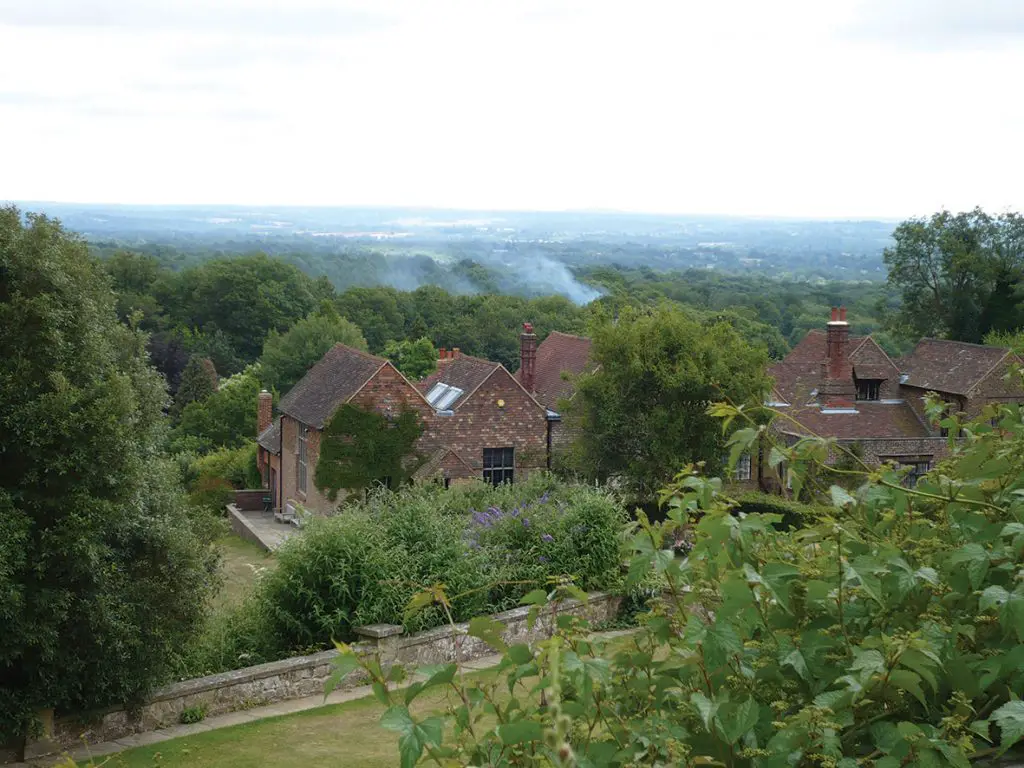
Between 1922 and 1924, Churchill hired architect Philip Tilden to modernize and extend the house. Tilden extended the house, added new rooms, including Clementine Churchill’s room, and took care of the exterior and landscaping.
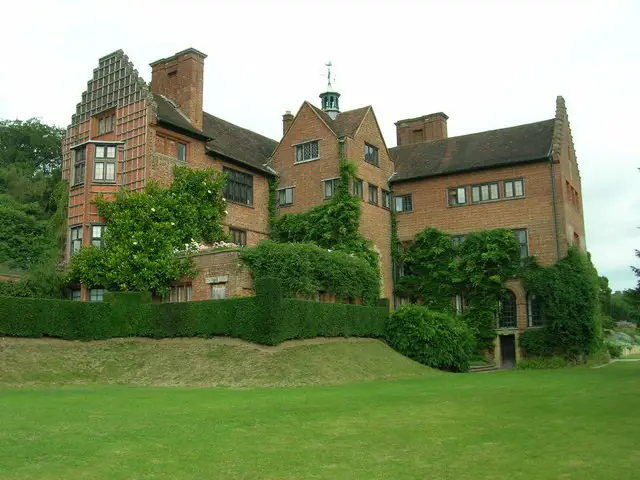
Churchill put a lot of thought into Chartwell House, taking care of every furnishing and décor, from the garden to the kitchen, from the bedroom to the chairs, and even wrote in his diary about the needs of the dining chairs .
When the National Trust took possession of the house in 1966, the interior was redesigned and re-museumized, with some rooms emptied out to make informative museum rooms. The whole house has been restored to bring the 1920s-1930s to life, but without compromising its authenticity. Every part of the house is open to visitors except Churchill’s private bedroom.
With 8 hectares of residential area and 23 hectares of gardens and a lake, the building has brought such a valuable memory to the present day thanks to its centuries-old historical structure and the effects of the changes it has experienced, and it has done this by telling itself again without losing its essence.

What do you think? Do you think Chartwell House is living up to its potential? How would you evaluate it?
You can share your ideas with us and while you’re at it, you can subscribe to our latest articles by email so that you know about them as soon as they are published.
If you haven’t read it yet, we would definitely like you to read our Melkinov House article.
Architect: ?-Philip Tilden
Year: 1362-1922-1966
Location: Westerham, Kent, England










